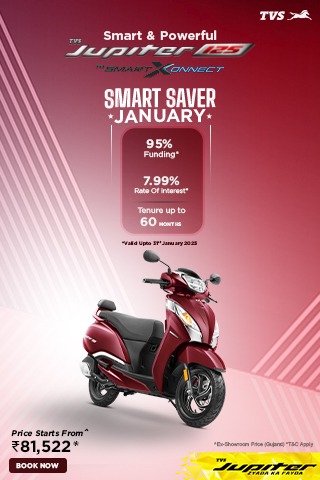.png)
.png)

In recent years, urban transportation has undergone a significant transformation with the introduction of CNG (Compressed Natural Gas) bikes. These innovative vehicles are reshaping the way people commute in crowded cities, offering a cleaner and more efficient alternative to traditional gasoline-powered motorcycles. This blog explores the emergence of CNG bikes, their benefits, challenges, and their potential impact on urban mobility.
CNG bikes utilize compressed natural gas as their primary fuel source, instead of conventional gasoline or diesel. This shift towards cleaner energy reflects growing environmental concerns and regulatory pressures to reduce emissions in urban areas.
CNG bikes are equipped with specially designed engines that can efficiently combust natural gas. These engines are typically tuned to maximize fuel efficiency while maintaining adequate power output for urban commuting needs.
Despite challenges, the popularity of CNG bikes is steadily increasing, driven by government incentives, environmental regulations, and consumer demand for cleaner transportation options. Manufacturers are expanding their CNG bike offerings to cater to this growing market segment.
Bajaj Auto Ltd has launched the world's first CNG-integrated motorcycle named 'Freedom 125' with an ex-showroom price of Rs 95,000-1,10,000.
In conclusion, CNG bikes are not just a means of transportation but a step towards a cleaner and more sustainable urban future. By addressing environmental concerns and offering practical solutions for commuters, these vehicles are driving positive change in urban mobility systems worldwide.
.
